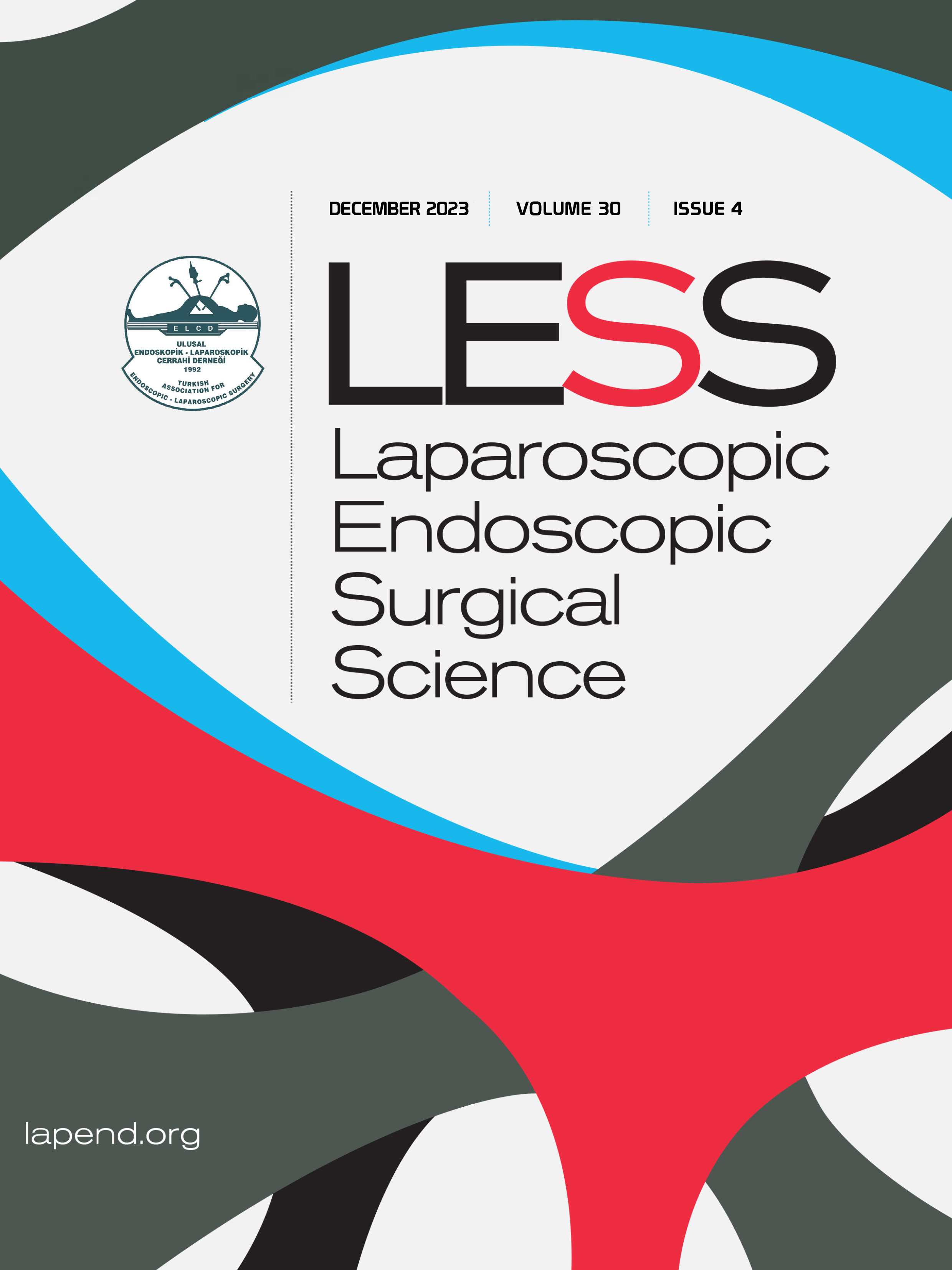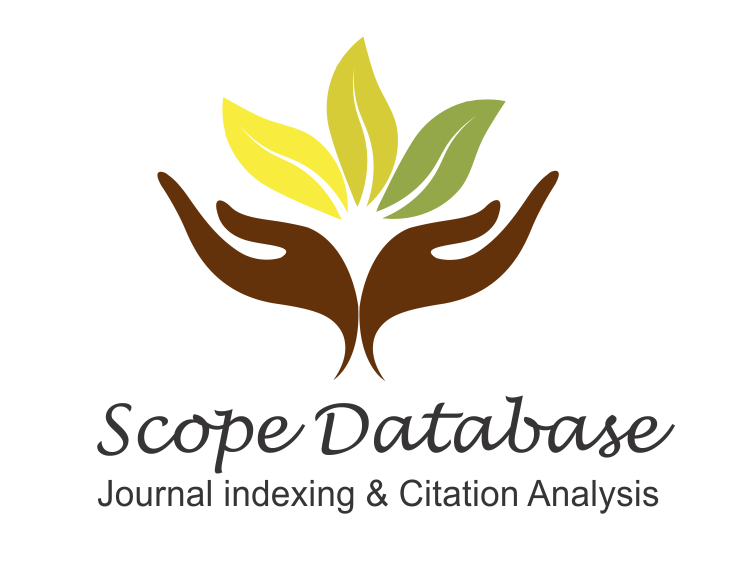Eradication of H. Pylori during COVID pandemic based on treatment regimens
Isa Caner Aydın1, Saadet Kılıç21Department of Gastroenterologic Surgery, Ministry of Health Zonguldak Ataturk State Hospital, Zonguldak, Türkiye2Depertment of General Surgery, Ministry of Health Bozuyuk State Hospital, Bilecik, Türkiye
INTRODUCTION: During the Coronavirus Disease 2019 (COVID-19) pandemic, widespread vaccination efforts played a critical role in controlling the global health crisis, yet the long-term effects of these vaccines remain unclear. Helicobacter pylori (HP) infections, which can worsen under altered gastric mucosal defenses, pose significant challenges during this period. This study aims to explore the impact of COVID-19 vaccination history on HP eradication success, comparing outcomes between standard triple therapy (TT) and quadru-ple therapy (QT) with bismuth supplementation.
METHODS: 116 patients diagnosed with Helicobacter pylori via gastroscopic biopsies between January 2020 and December 2021 included. Patients were divided into two groups based on eradication therapy: standard TT and QT. Treatment regimens lasted two weeks, followed by six weeks of PPI use, and eradication was evaluated through stool antigen tests or control gastroscopy. Demographic data, comorbidities, COVID-19 history, vaccination status, and treatment side effects were recorded.
RESULTS: The treatment success rate was 81.5% in the TT group and 96% in the QT group (p=0.017). Non-smokers demonstrated significantly higher treatment success compared to smokers (71.4% vs. 31.3%; p=0.003). Similarly, patients with a history of COVID-19 infection had lower treatment response rates compared to those without (28.5% vs. 7.8%; p=0.017). Multivariate regression analysis identified receiving TT (OR: 5.547, p=0.033), smoking (OR: 5.226, p=0.019), and a history of COVID-19 infection (OR: 4.712, p=0.042) as independent risk factors for eradication failure.
DISCUSSION AND CONCLUSION: It was demonstrated that the types and doses of COVID-19 vaccines didnt influence HP eradication outcomes. However, patients with a history of COVID-19 infection exhibited resistance to eradication treatments comparable to those who smoked or didnt receive bismuth-based therapy. For patients with a history of COVID-19, the selection of eradication treatment should be determined in consideration of other risk factors.
Keywords: COVID-19, helicobacter pylori, gastritis, peptic ulcus, quadriple eradication therapy
Manuscript Language: English















